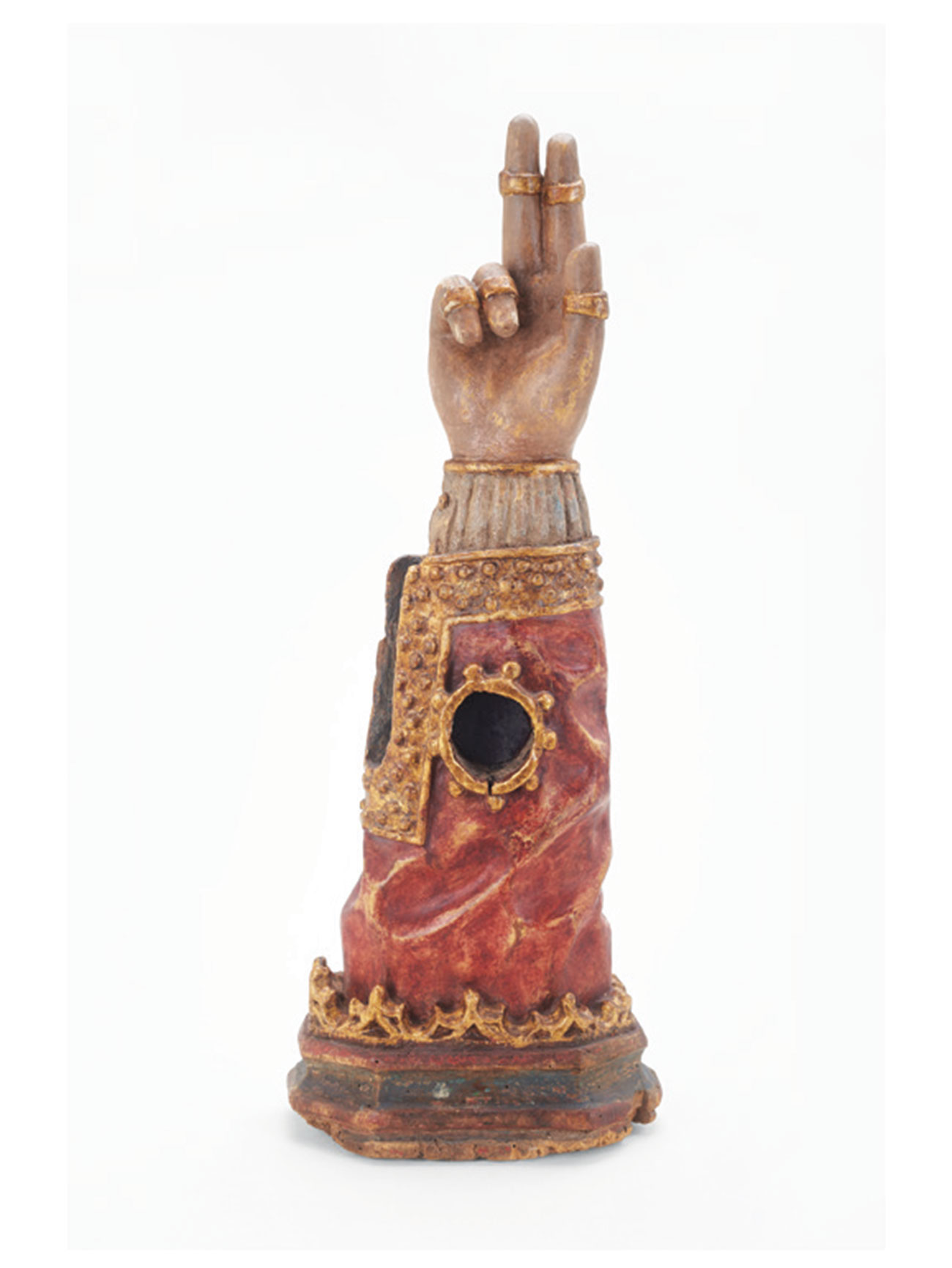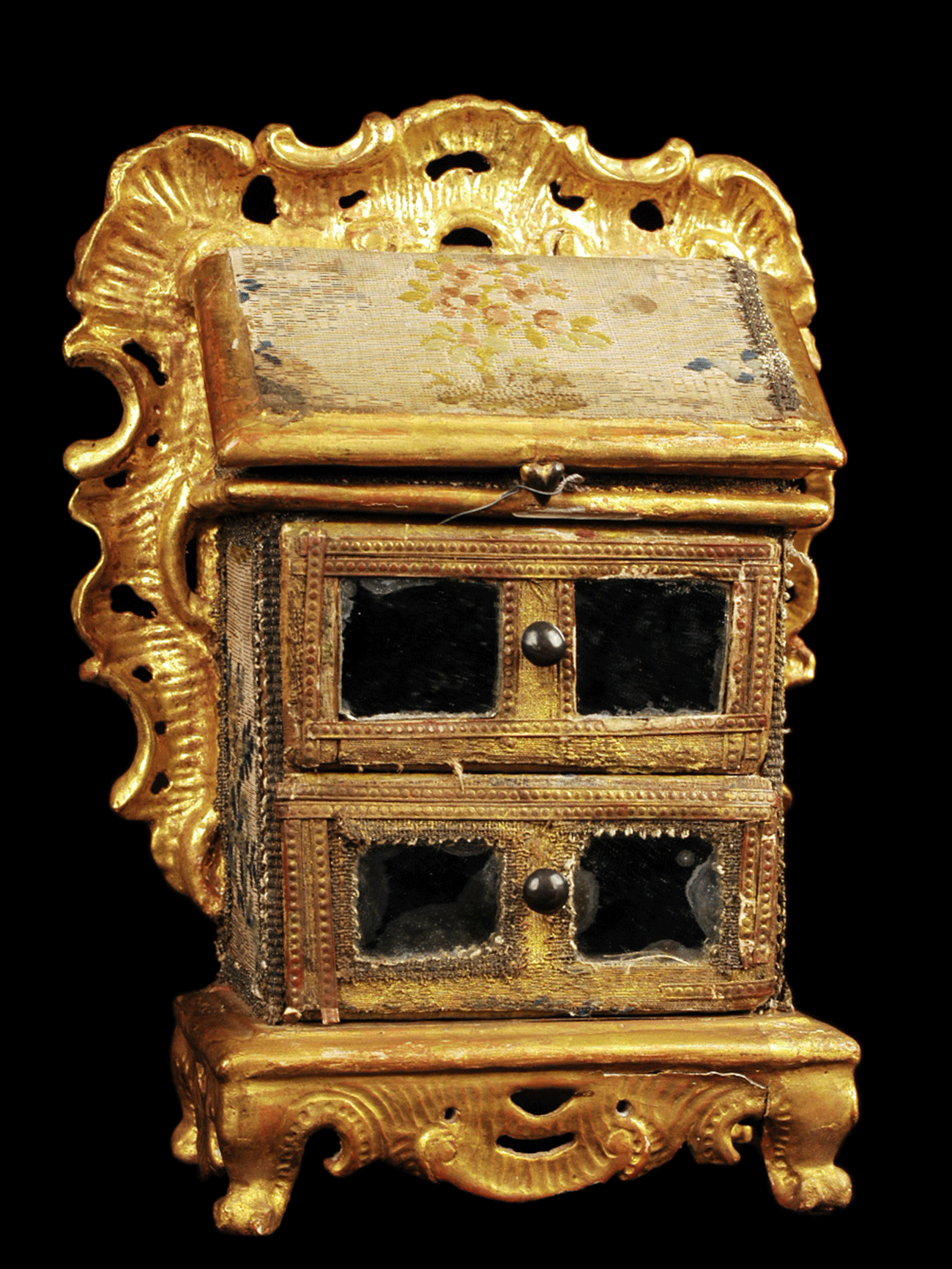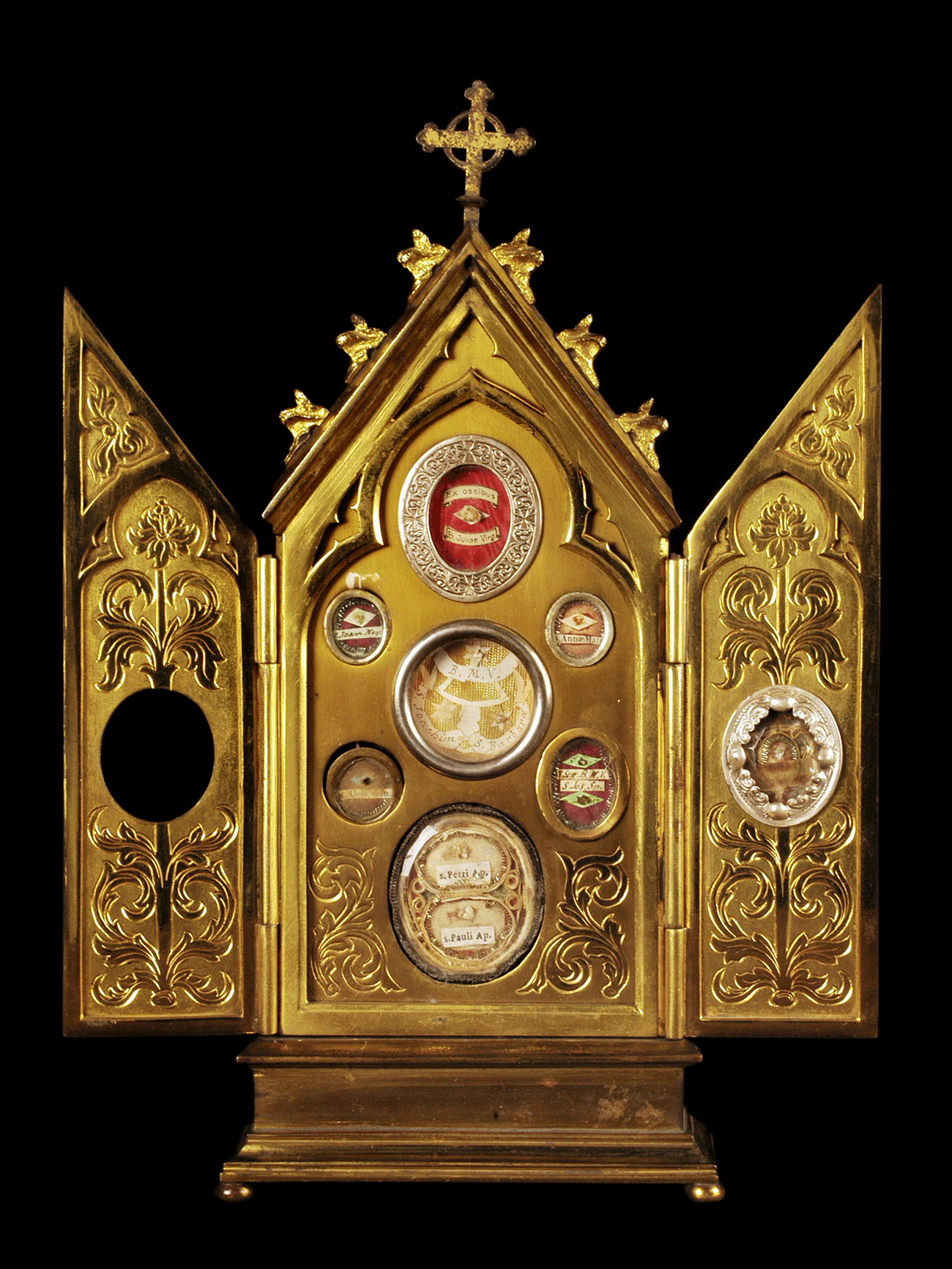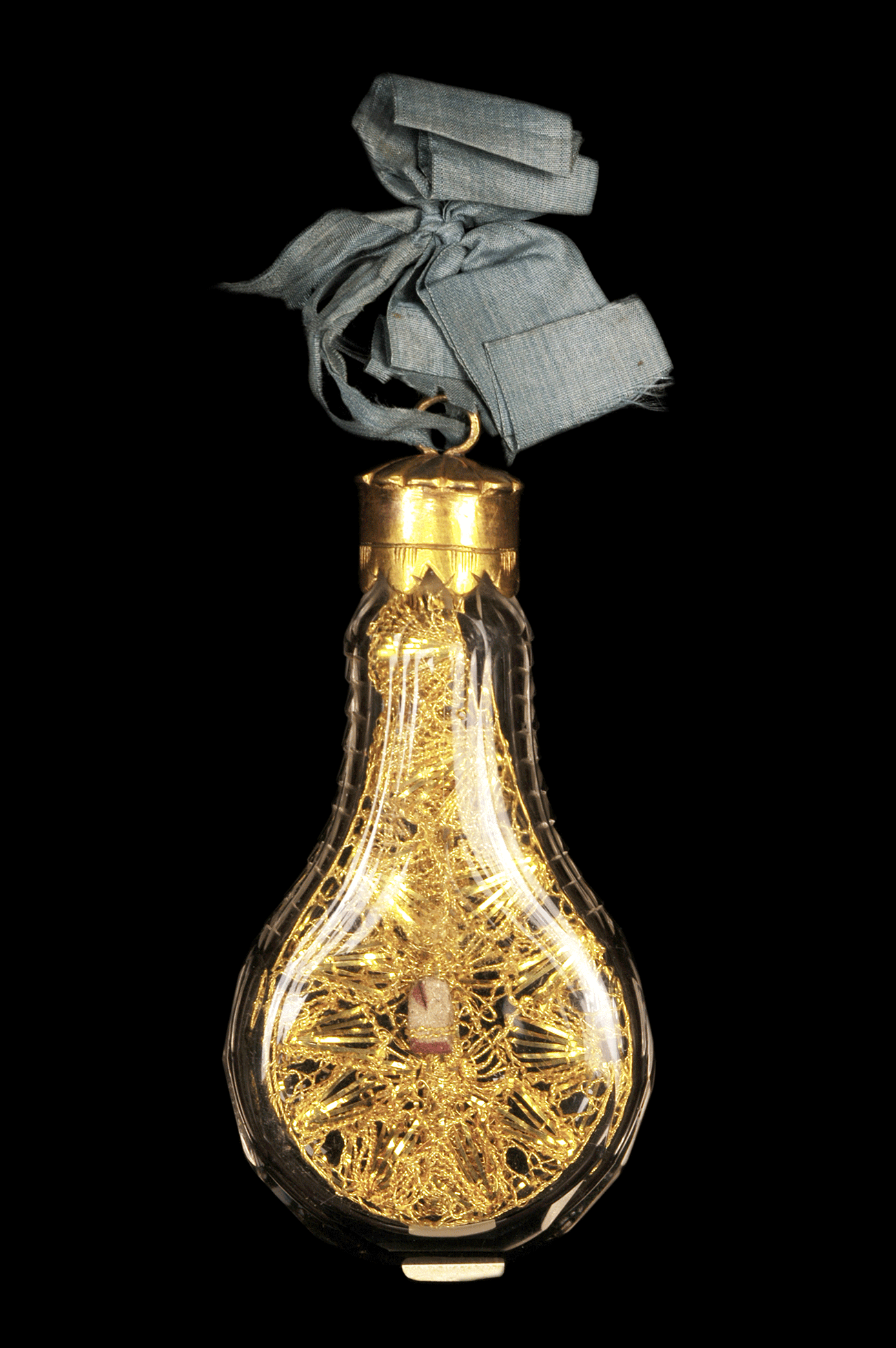Reliquaries from A to Z
A small A to Z of the collections
Mucem, fort Saint-Jean—
Salle des collections
|
From Wednesday 10 April 2019 to Monday 2 September 2019
The major themes related to Christian practices and belief are presented in a mystical alphabet assembled from the collections of the Mucem.
A as in "Agnus Dei", B as in "Bras" (arms), C as in "Custos", D as in "Dent" (tooth), E as in "Épine" (thorn) ... The major themes related to Christian practices and belief are presented via 26 letters in the exhibition "Reliquaries from A to Z": a mystical alphabet assembled from the collections of the Mucem.
In 2002, the Mucem acquired from a private individual a unique collection of some 500 reliquaries. This very rich set testifies brilliantly to the variety of forms, techniques and uses of reliquaries in the European Christian world, mainly over a period from the 17th century to the first third of the 20th century.
The term "relic", from Latin reliquiae (literally "remains"), refers to the human remains of holy persons (often bone fragments) or objects that belonged to them or had been in contact with their bodies. In the Christian religion, if the relics were first placed within the altar of churches, the development of their cult is accompanied by the production of a wide variety of containers used to preserve and glorify them: reliquaries, monstrances, paintings, chests, statues, custos, rosaries, medallions, etc. In the 17th century, reliquaries also enter into domestic spaces to protect the home. They are then found on the threshold of houses, on chimneys, or even suspended above beds. Their trade intensifies, and with it, the will of the Church to frame the practice and to guarantee the origin of the relics.
Certificates of authenticity, meticulous inventories, showcasing, a desire to present the "rest" in its best light ... Practices around relics are not dissimilar to the conservation and exhibition work carried out by museums.
—Curation: Emilie Girard, head curator for heritage and head of the collections and documentary resources department of the Mucem



